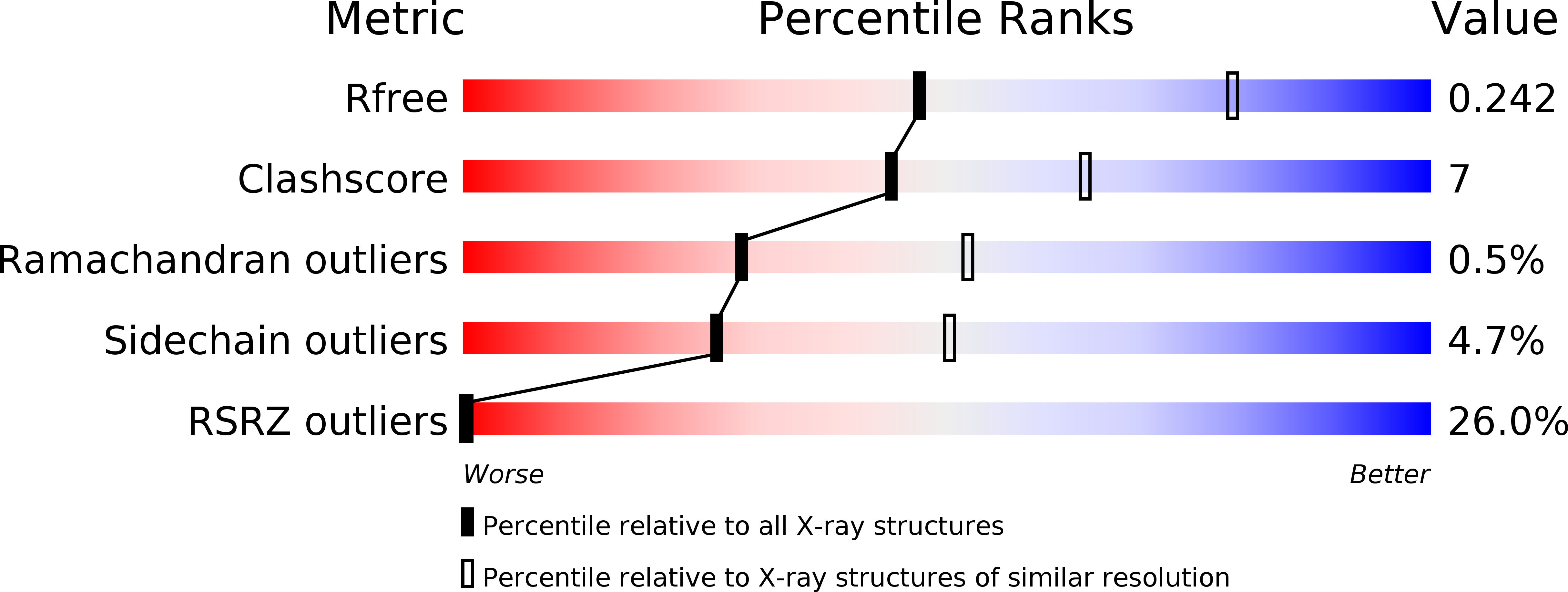
Deposition Date
2007-05-22
Release Date
2007-09-11
Last Version Date
2023-12-13
Entry Detail
Biological Source:
Source Organism:
THERMUS THERMOPHILUS (Taxon ID: 300852)
Host Organism:
Method Details:
Experimental Method:
Resolution:
2.59 Å
R-Value Free:
0.24
R-Value Work:
0.21
R-Value Observed:
0.22
Space Group:
P 21 21 21


